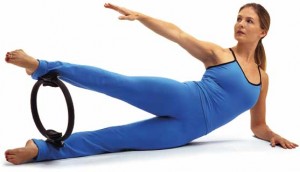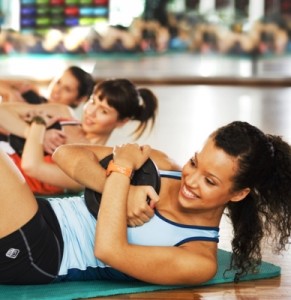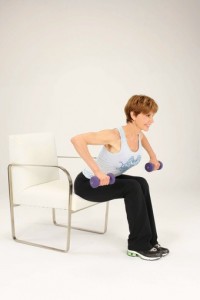 I was recently speaking on a panel about health and fitness when a question was shot from the audience: What is your biggest health mistake that you never shared with anyone?
I was recently speaking on a panel about health and fitness when a question was shot from the audience: What is your biggest health mistake that you never shared with anyone?
The inquiry was almost so personal that I wasn’t sure how to answer. I could talk about flaws in training or misguided beliefs about dieting that permeated my early experiences in this field. But in a moment of complete honesty, I understood the problem that needed to be addressed.
As you know, I’m a big advocate of setting resolutions year-round. I don’t like the concept of waiting to make a change. Life is fluid; we shouldn’t need an event to be the catalyst to improve. That should be something that we strive for every day. Assessing our lives does something that is rare: It provides an opportunity for honesty and accountability–two aspects that are hard for adults when it comes to personal behaviors.
The question at the panel left me with two options: Focus on a mistake that blames the industry, or look inward and accurately assess what I do poorly. I chose the latter, hoping that my message would create a heightened sense of self-awareness and lead to a better plan for improvement.
I am bad at being healthy.
That’s what I told the panel. Sure, I wasn’t identifying a specific mistake, but as I explained, my condemnation has nothing to do with my physical health. I consistently exercise three to four times per week, I eat healthily most of the time (I do sneak in cheat meals where it fits into my diet), and I don’t take many unnecessary risks that would put my body in danger.
I also don’t sleep enough, work around the clock, don’t see my friends as much as I should, could check in on my parents more, and probably should find more time for my amazing (and very understanding) wife.
True health isn’t just physical. In reality, there are four pillars that are integral to how you feel, who you are, and what you can accomplish in your life. It’s a combination of physical, emotional, psychological, and social.
And just like training, if any of those areas are weak, you should focus on that area and make it stronger.
For many people, the physical aspect is what’s lacking. We convince ourselves that being social, working, and spending time with the family supersedes the need to exercise or make smart dietary choices; but if you don’t have a healthy body, you are limiting the life you can have. It’s that simple. Everything starts with your body–but that’s not where it ends. If you spend all your time focusing on your body, you miss out on all the other aspects of life that make your time worthwhile.
The best advice I can offer is to constantly take inventory of your entire life, find areas that need improvement, and take action. Call friends today that you haven’t reached out to in a while. Find more time for sleep. Work harder if you’ve been coasting on the job. (Or work smarter if you’re always burning the midnight oil) Tell your parents you love them. Surprise your significant other with something completely unnecessary but totally worthwhile. Make time for your hobbies and the activities you enjoy. Or treat yourself to a day of complete relaxation so you can recharge.
Be honest with your assessment and then train your weakness.
The process might be humbling, but it’ll do more for improving your life than any diet or fitness plan. It will give you the awareness of the type of life you want to create and the gaps between who you are and what you want to be.
While perfection is not a realistic goal for anything in life, simply being aware of what you could be doing better and working towards that balance will help you live a healthier, happier, and longer life
–
Source: LIVESTRONG
 Encore Personal Training member Warm-up
Encore Personal Training member Warm-up







